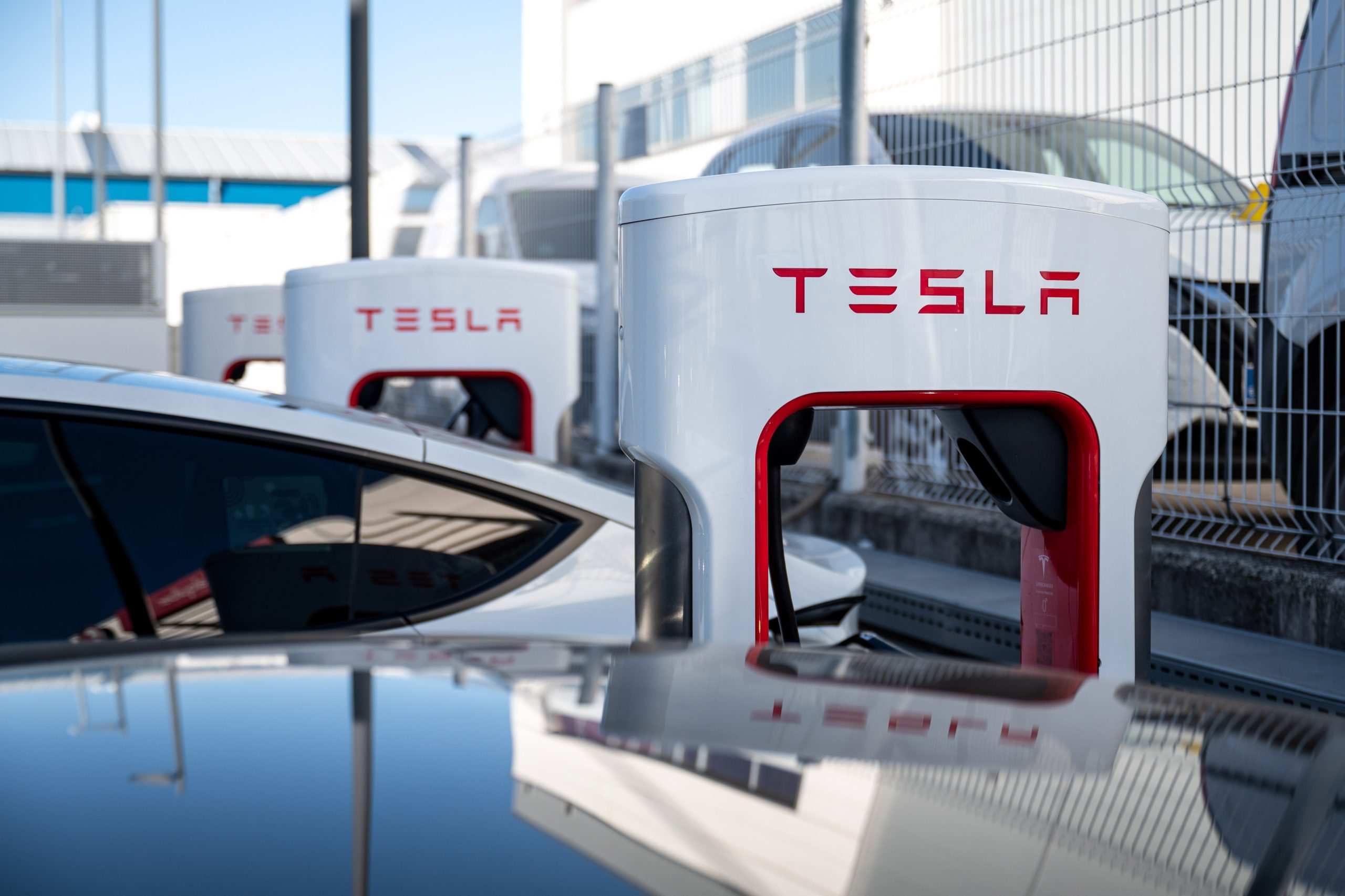Before Elon Musk dismissed most of Tesla’s electric-vehicle charging team, there were high expectations for the network’s future. Rebecca Tinucci, the charging chief, had a meeting with Musk about this. She had already let go of some staff members earlier, and they thought Musk would approve plans for a big expansion of the charging network.
However, things didn’t go well at the meeting. Musk wasn’t happy with Tinucci’s presentation and wanted more staff cuts. When Tinucci disagreed, Musk fired her and her whole team of 500 people.
This move has disrupted a network that many saw as a major Tesla accomplishment and a big reason for its electric car sales. Tesla Superchargers make up over 60% of fast charging ports in the US, and Tesla got the most federal funding for new chargers.
This story is based on interviews with former charging division employees and a Tesla email. Only Musk and Tinucci were at the meeting described, so the details come from what others heard from Supercharger managers.
Despite the layoffs, Musk has said on social media that the network will still grow. But some vendors and contractors who spent a lot of money to help build Tesla’s network are worried. They’re getting calls to stop work on new projects and hold off on buying materials.
Tesla’s energy team, which handles solar and battery products, is taking over the Superchargers. They’re contacting partners to wrap up ongoing projects.

Some contractors who were expecting to work on Supercharger projects are now looking for other jobs. They feel the layoffs have hurt their businesses.
Tinucci was one of the few high-ranking women at Tesla. She used to report to Drew Baglino, but when he left, she started reporting directly to Musk.
These layoffs are the latest in a tough year for Tesla. Musk has stopped or delayed many projects meant to boost electric car sales. He’s now focusing more on self-driving cars, which is a riskier business.
Despite Musk’s promises, the energy team is struggling to handle the Superchargers. Musk says Tesla will spend $500 million to expand the network, but that’s less than what was planned.
The Supercharger network was profitable before the layoffs, thanks to Tesla’s cost-saving measures and careful planning. But now, Tesla may struggle to expand the network and make it compatible with other carmakers’ vehicles.
The firings have upset relationships with suppliers and utilities that Tesla worked with. While other companies may fill the gap, rebuilding those relationships will be hard.
The firings have caused a lot of problems for Tesla and its partners, leaving many people disappointed and frustrated.

